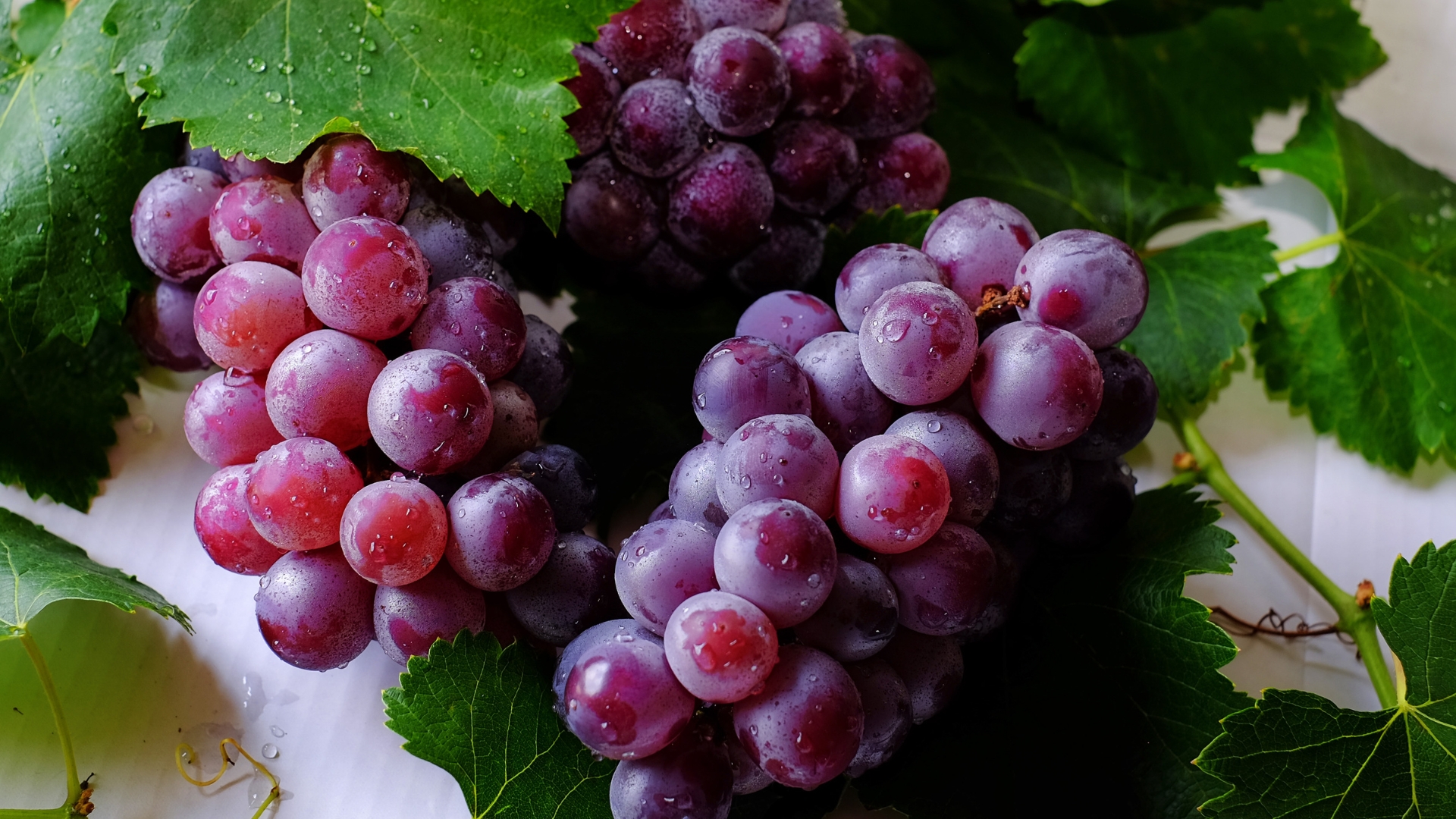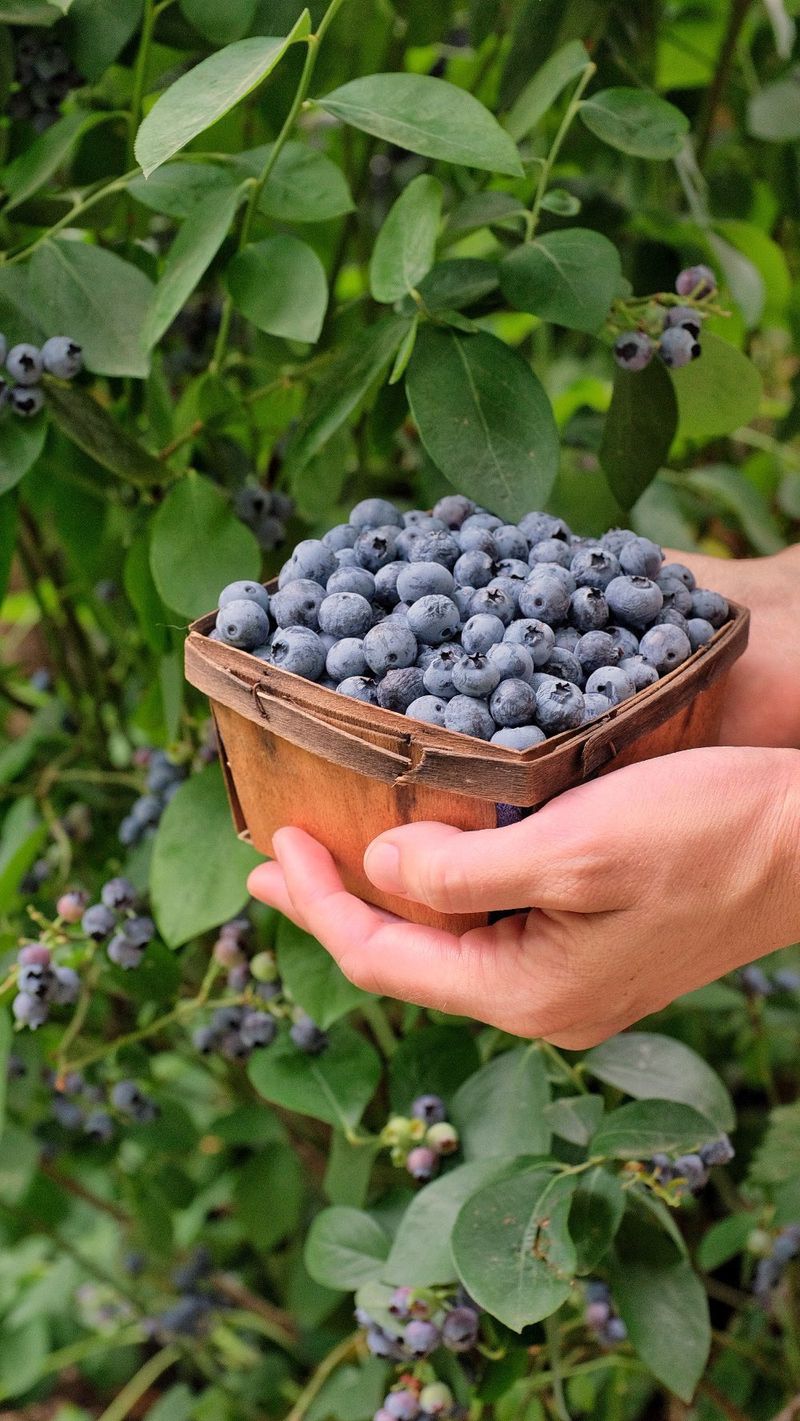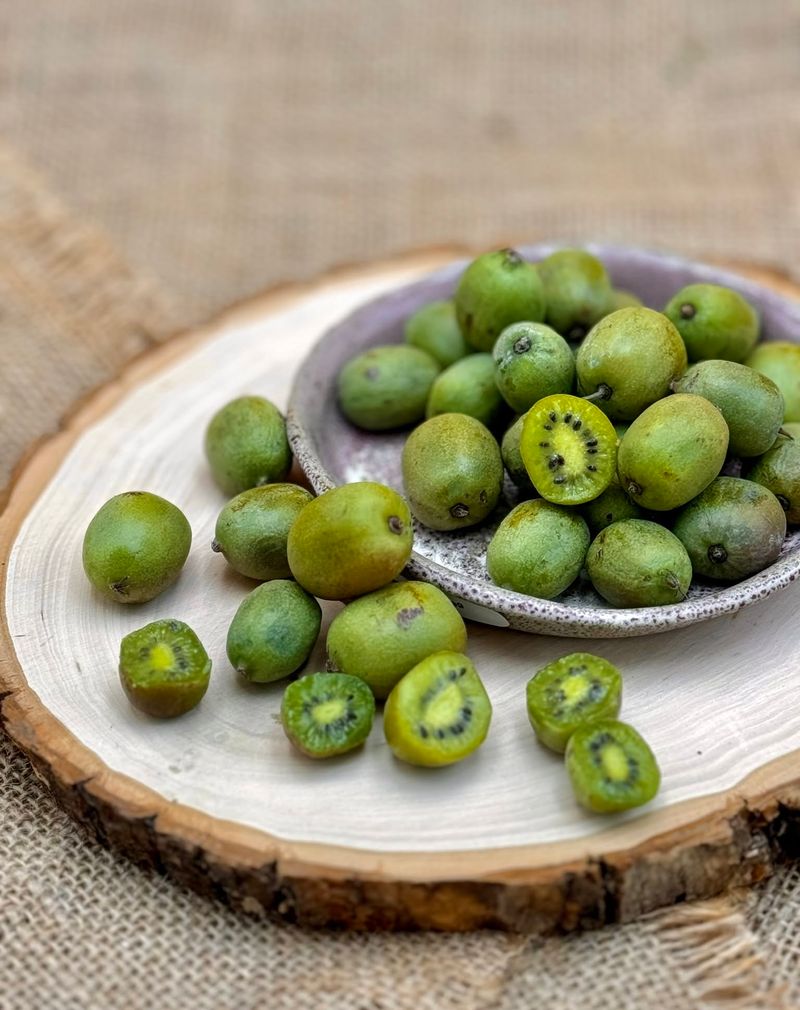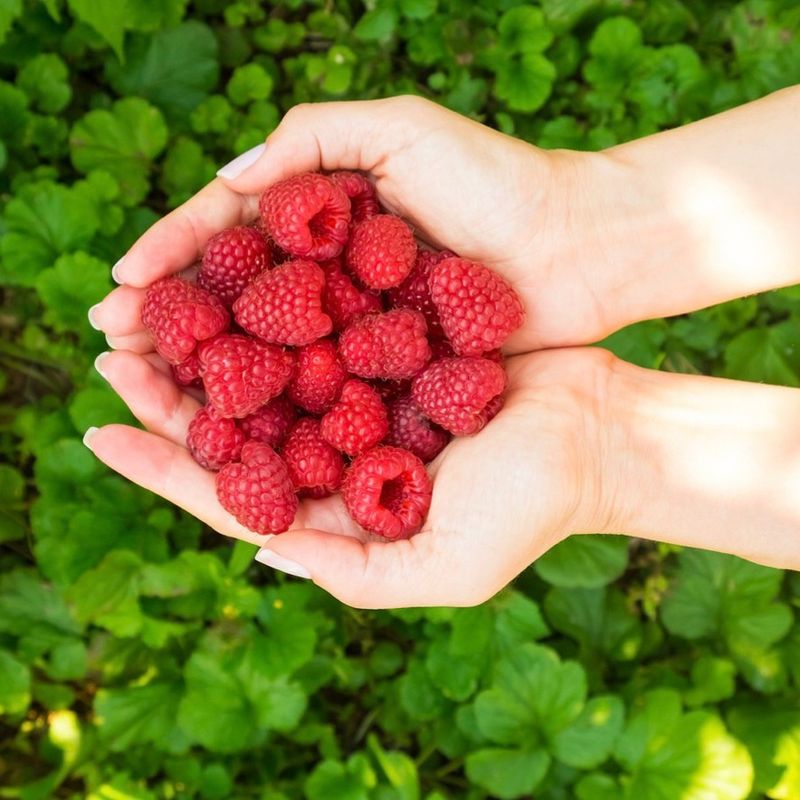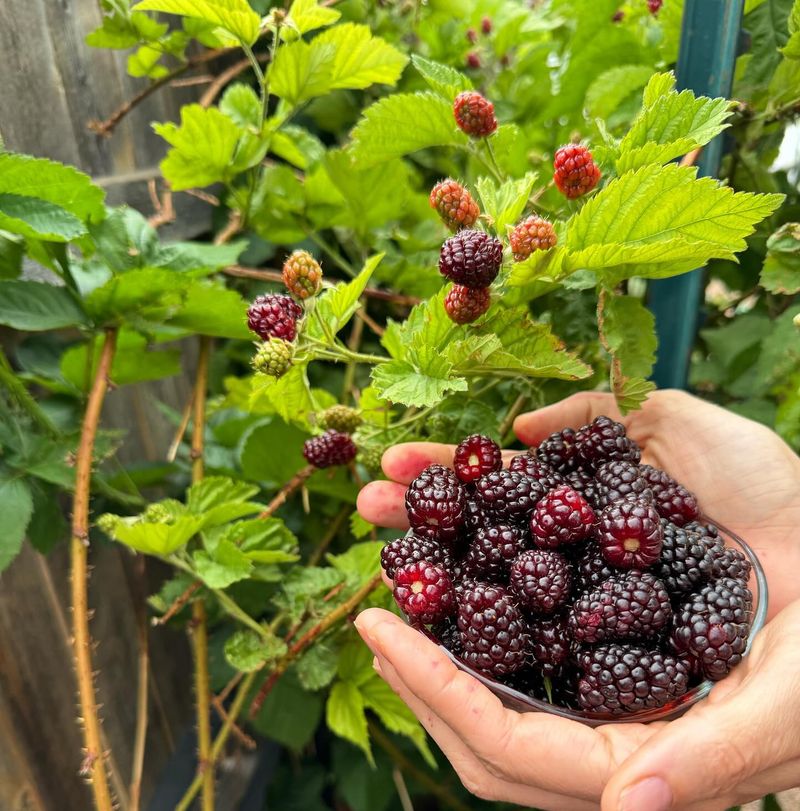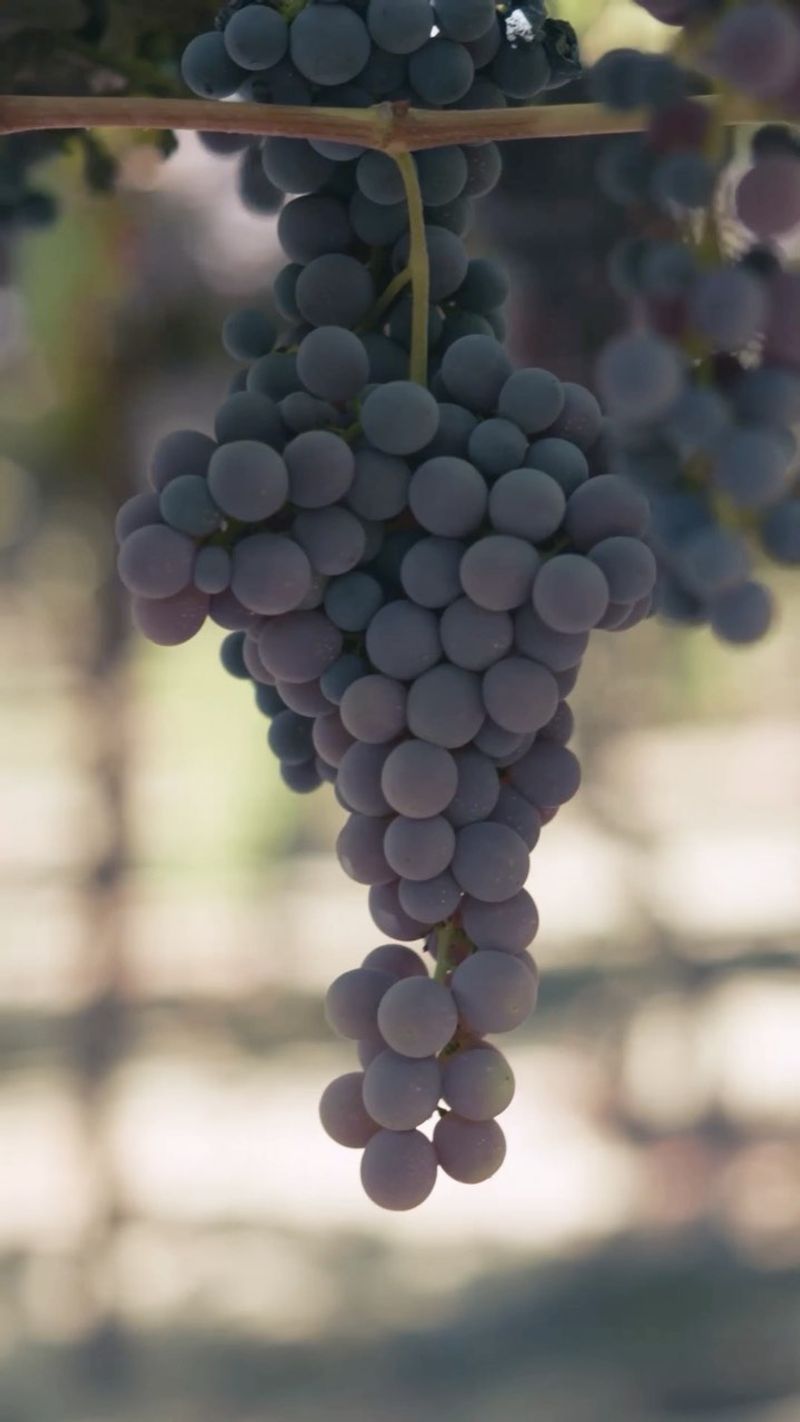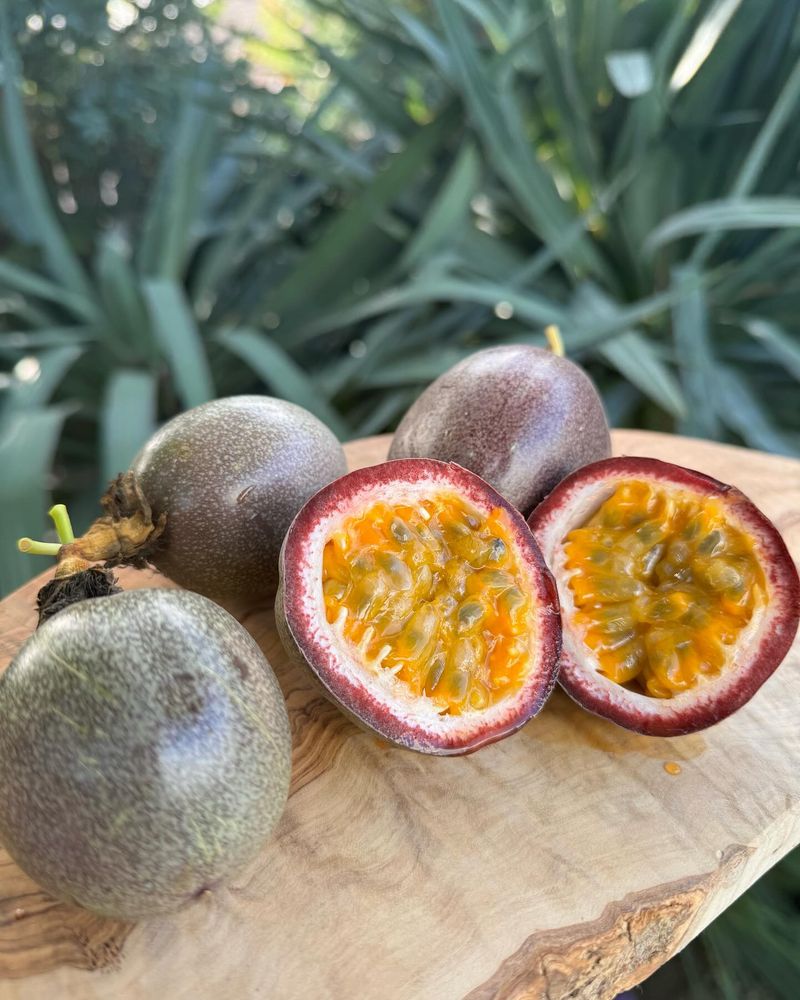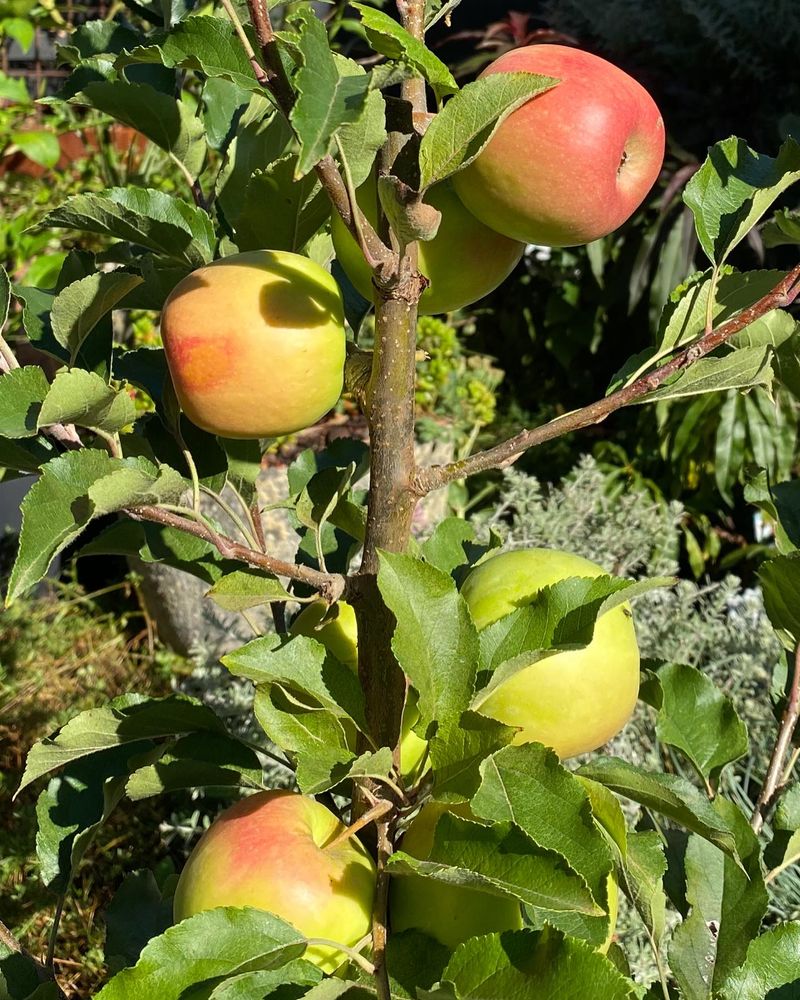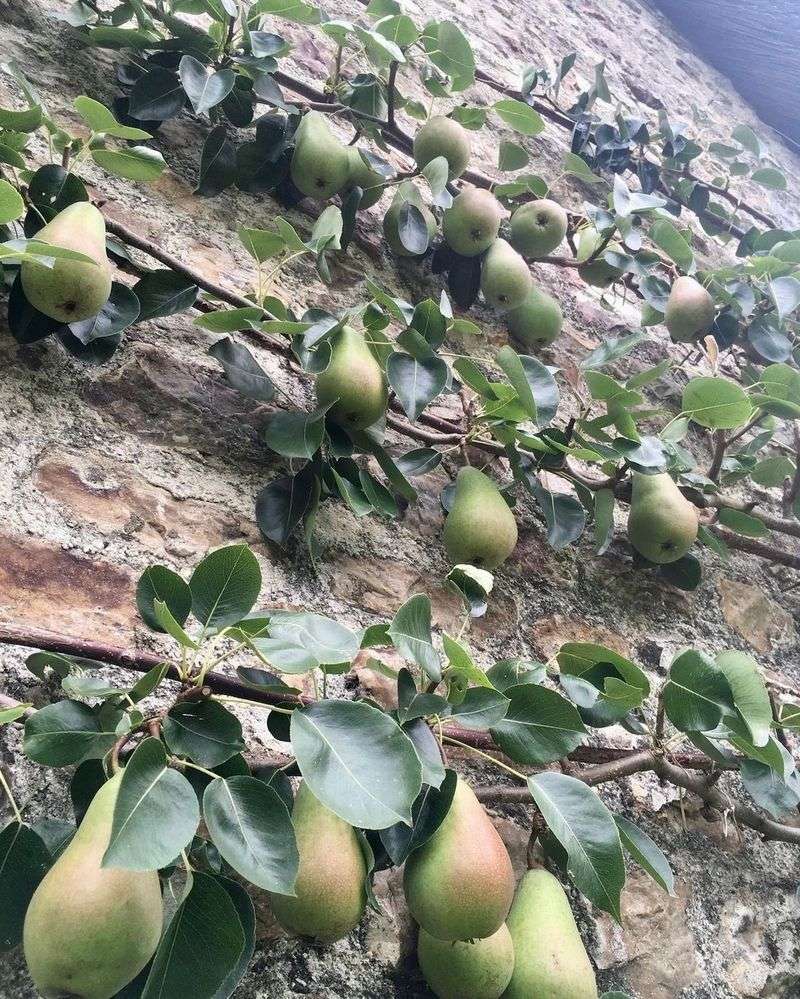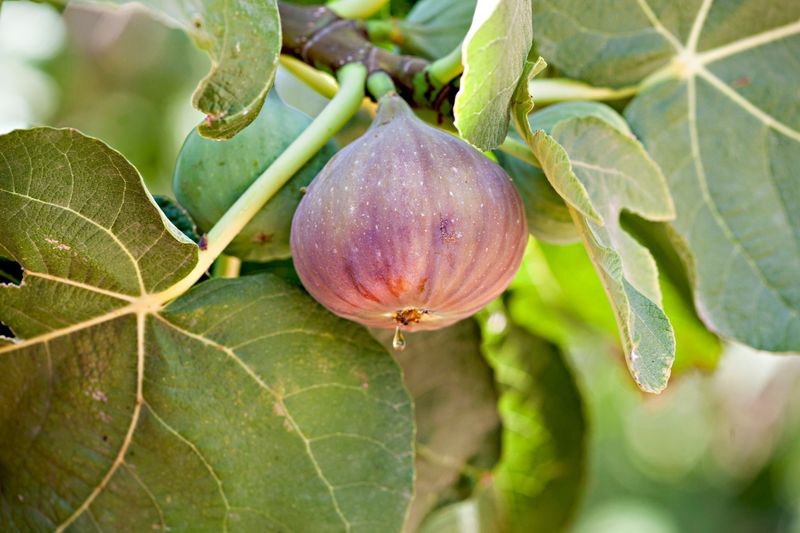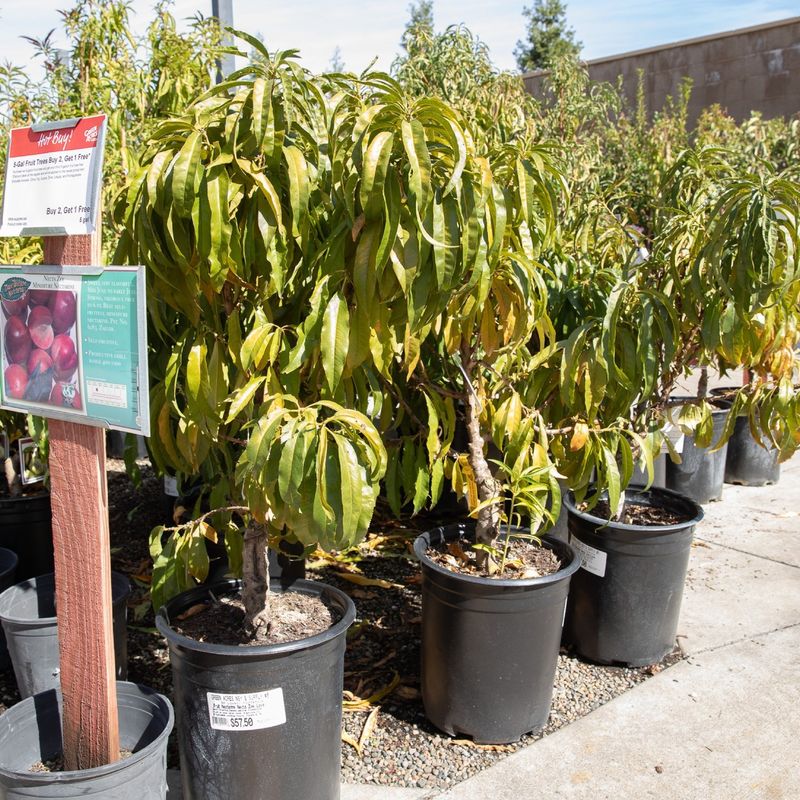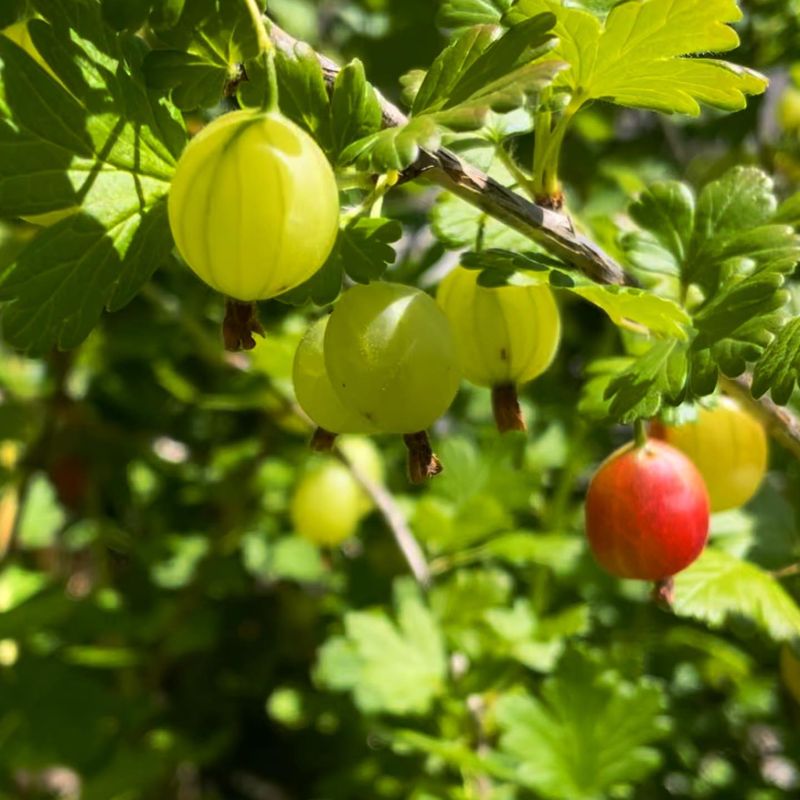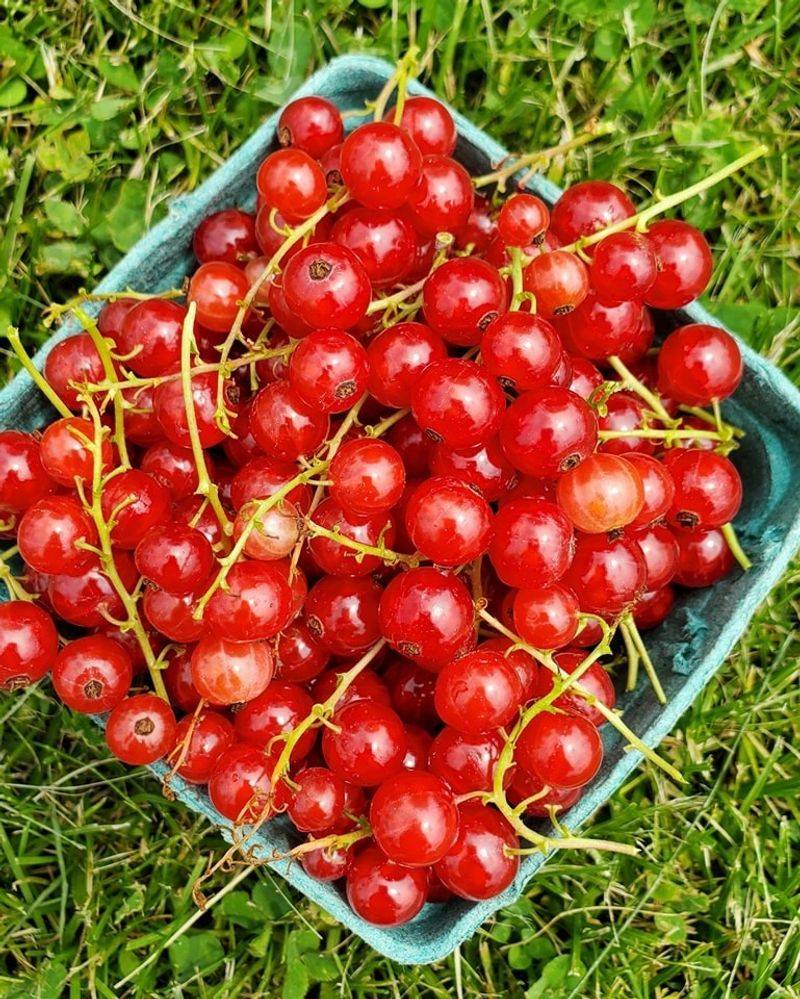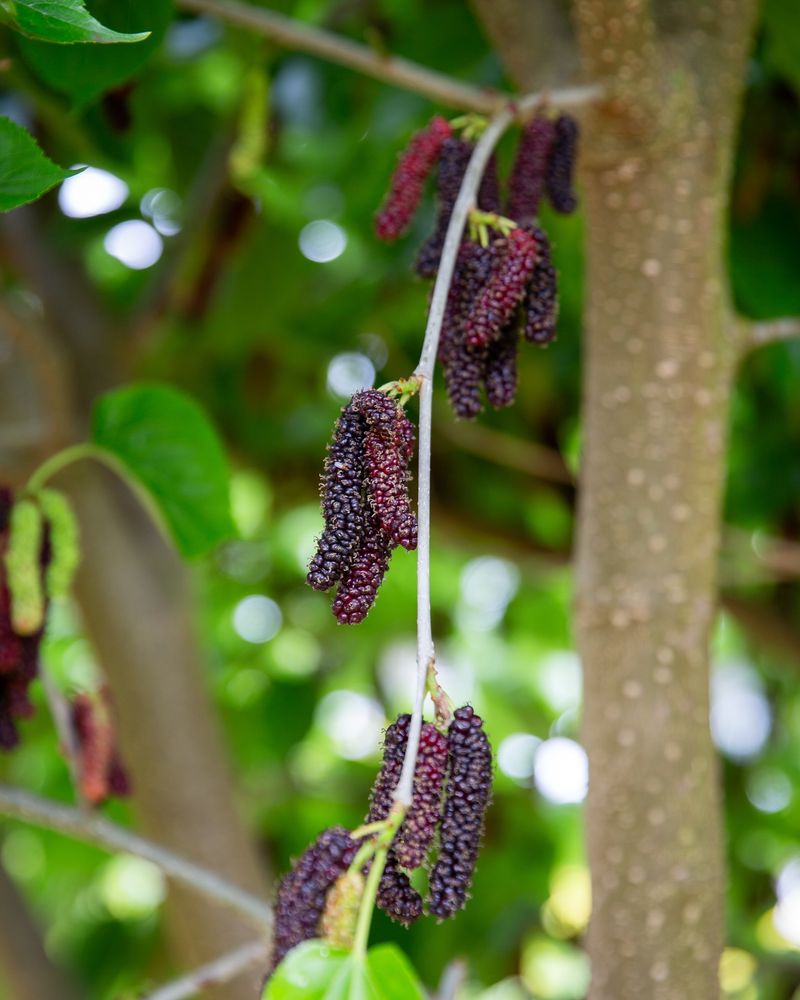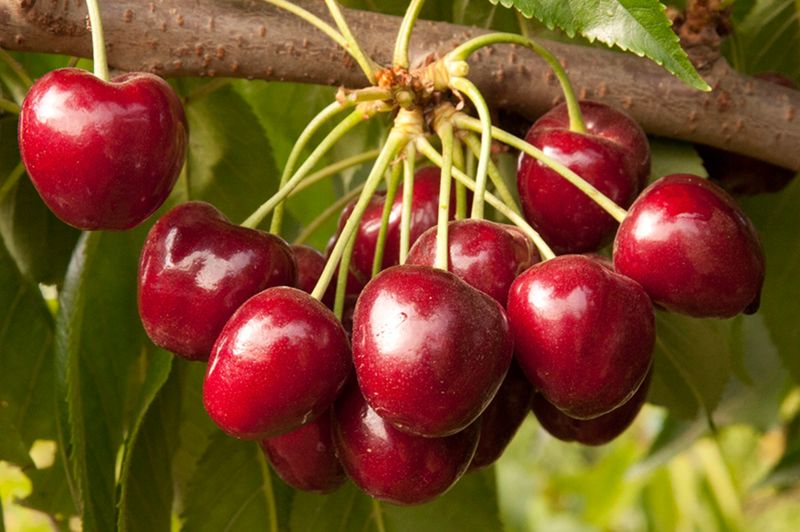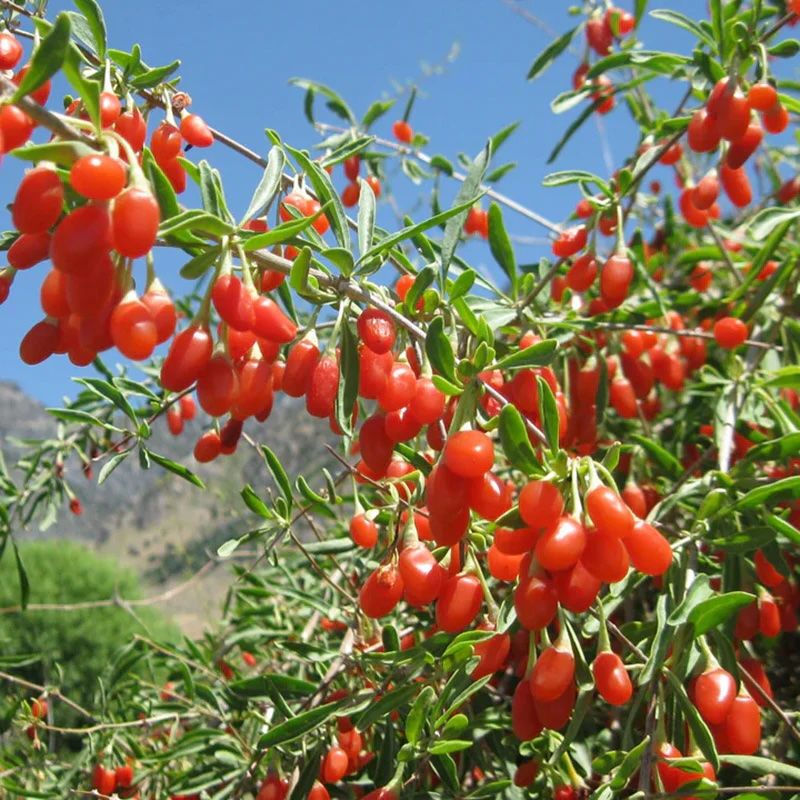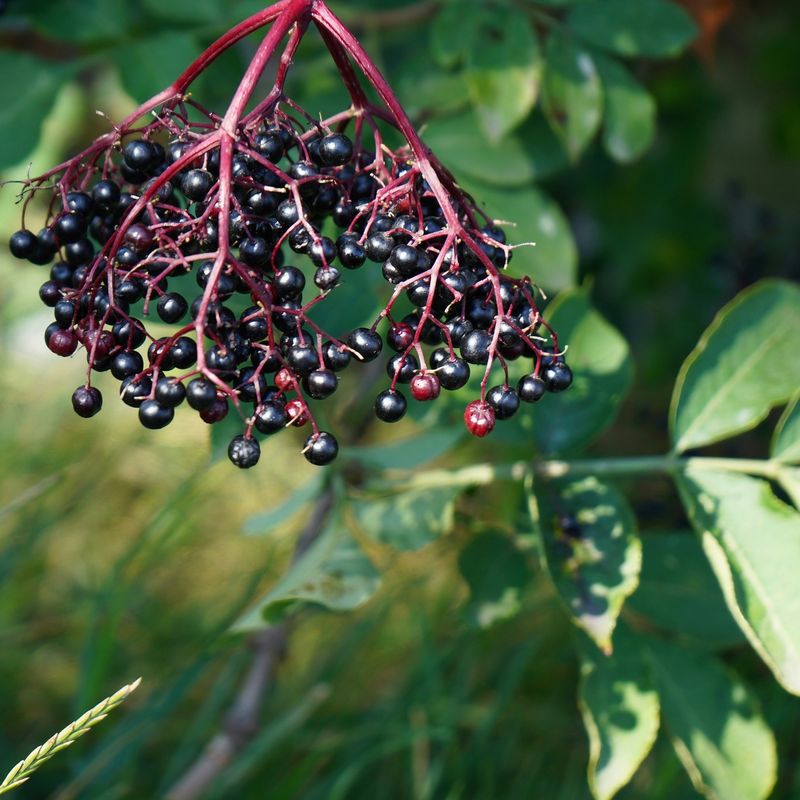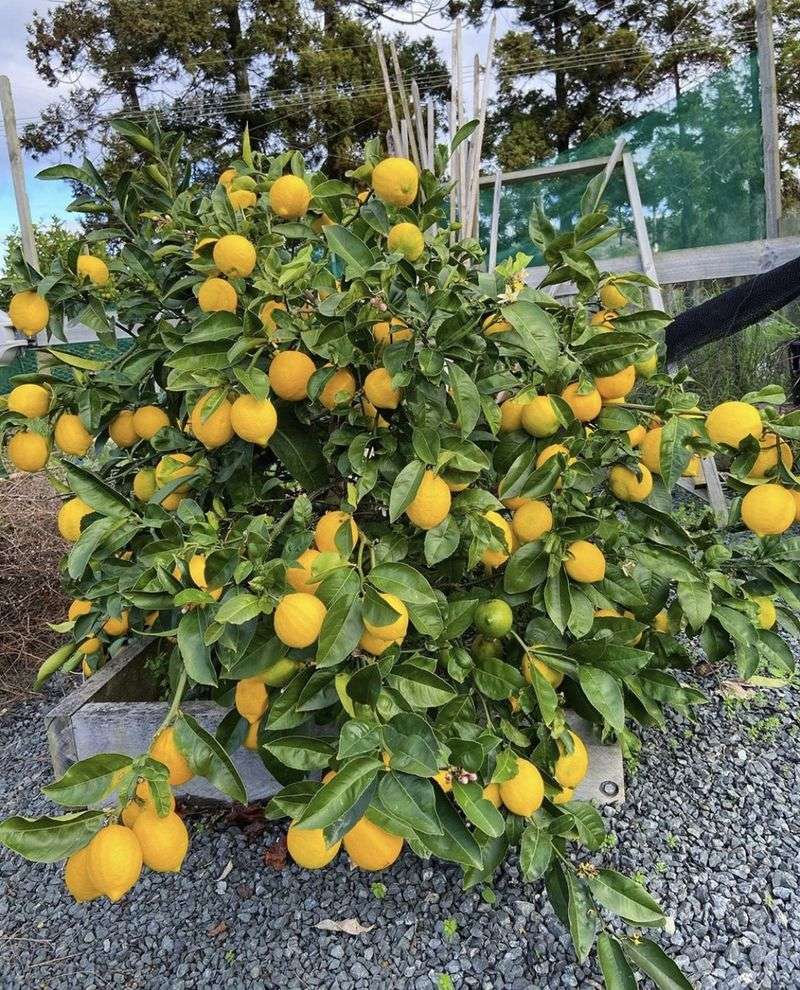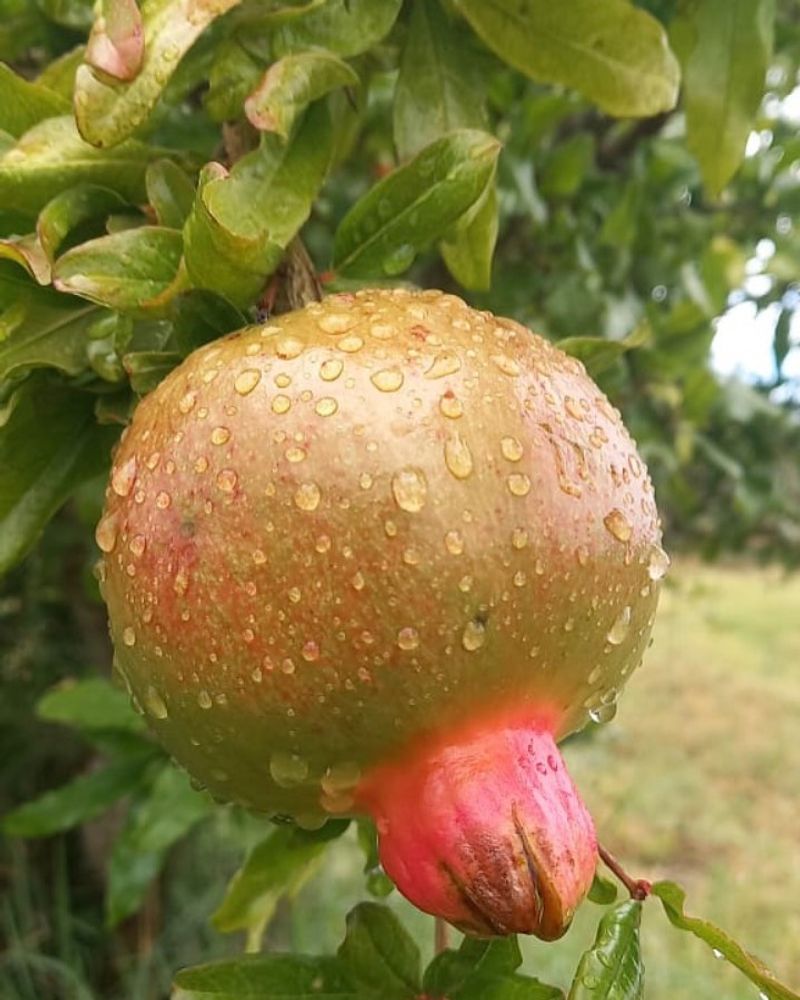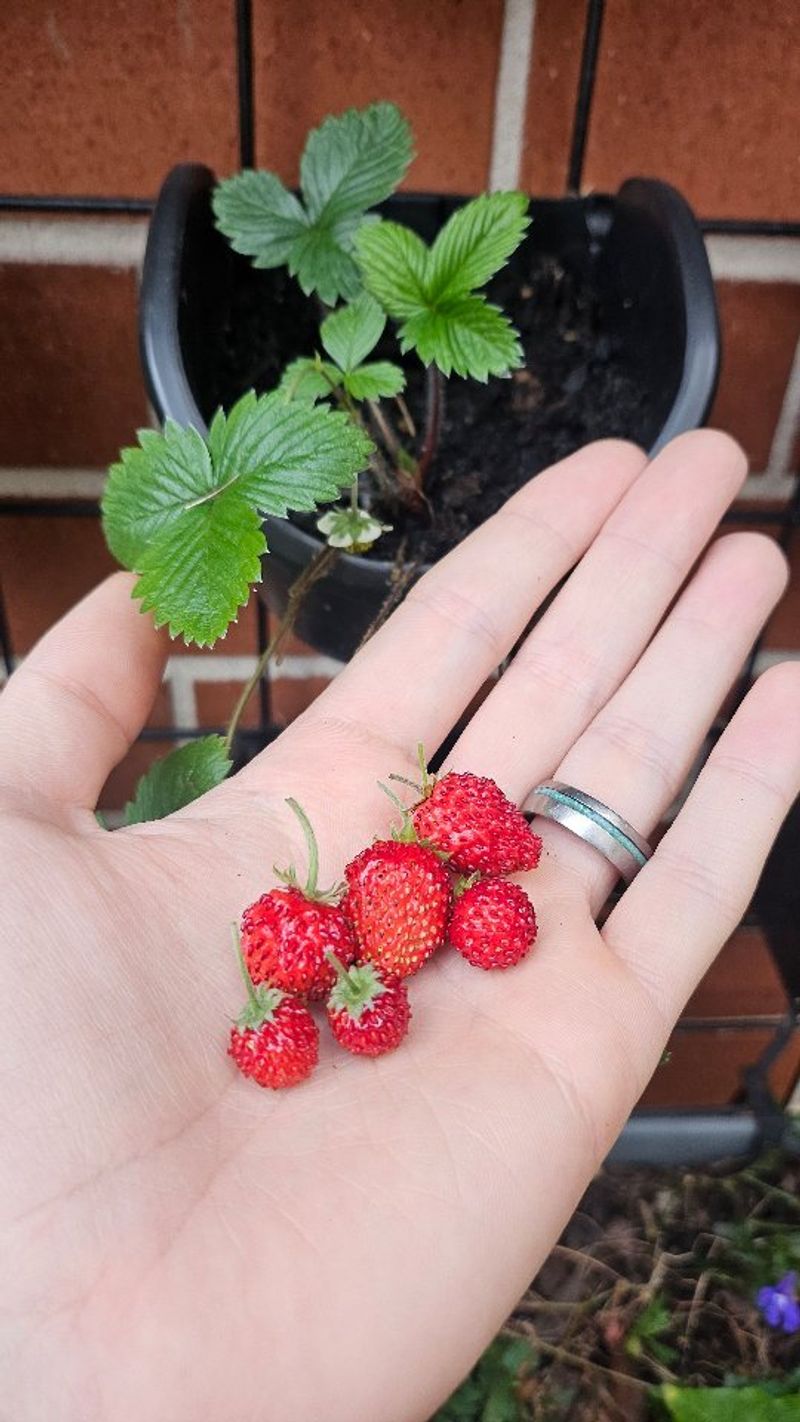Running out of room doesn’t mean you have to miss out on growing fruit—trust me, I’ve been there. Vertical gardening has become one of my favorite ways to squeeze more deliciousness into a tiny garden.
From climbing vines to clever hanging setups, there are so many creative options that don’t hog ground space. Some of these ideas totally surprised me, and they actually work!
If you’re short on space but big on flavor, you’re going to love what’s coming.
1. Strawberries
These red jewels thrive in vertical planters, hanging baskets, or stacked pot systems. The trailing plants cascade beautifully while producing sweet berries right at picking height.
Look for day-neutral varieties that fruit throughout the growing season rather than just once. They have shallow roots and adapt well to confined spaces, making them perfect starter plants for vertical gardening beginners.
2. Blueberries
Compact blueberry varieties like ‘Top Hat’ and ‘Northsky’ grow wonderfully in containers mounted on walls or stacked in tiers. Their attractive white spring flowers and brilliant fall foliage provide multiple seasons of visual interest.
For success with these acid-loving plants, use specialized soil and ensure good drainage. Dwarf varieties typically reach just 1-2 feet tall, fitting perfectly in space-challenged gardens while still producing full-sized, antioxidant-rich berries.
3. Kiwi
Hardy kiwi vines are surprisingly adaptable to vertical spaces when trained on trellises or sturdy supports. Unlike their grocery store cousins, hardy kiwis produce smaller, grape-sized fruits without the fuzzy skin.
Most varieties need both male and female plants for fruit production. The vigorous vines can grow up to 20 feet but respond well to pruning, making them manageable for vertical gardens when properly maintained and trained upright.
4. Raspberries
Column-growing raspberries like ‘Joan J’ or ‘Autumn Bliss’ can be trained against walls or supports in narrow spaces. These cane fruits naturally grow upright and need minimal horizontal space when properly supported.
Fall-bearing varieties are especially suited for containers and vertical setups. The sweet berries hang accessibly for easy picking, and with proper pruning, you can maintain compact plants that still deliver impressive harvests from just a sliver of garden space.
5. Blackberries
Thornless blackberry varieties trained on vertical supports make harvesting a pleasure rather than a painful experience. Modern cultivars like ‘Arapaho’ or ‘Triple Crown’ have been bred specifically for compact growing.
The key to success is proper trellising to support the fruit-laden canes. Unlike their wild cousins that ramble everywhere, these domesticated varieties can be trained to grow upward rather than outward, making them surprisingly suitable for small-space gardening.
6. Grapes
Grapevines naturally climb and can be trained along vertical surfaces like fences, walls, or pergolas. Their extensive root systems thrive even in relatively small soil volumes when given proper vertical growing space.
Choose varieties suited to your climate for best results. The decorative foliage provides shade in summer, while the dormant vines create interesting winter structure. With proper pruning techniques, you can keep grapevines productive in surprisingly compact vertical spaces.
7. Passion Fruit
Tropical passion fruit vines climb enthusiastically and can cover vertical surfaces with exotic-looking foliage and flowers. The unusual purple or yellow fruits develop after the stunning blooms fade, hanging accessibly for harvesting.
In colder regions, grow them in large containers that can be moved indoors during winter. Their vigorous growth makes them perfect for covering unsightly walls or fences while producing delicious, aromatic fruits that would otherwise require significant garden space.
8. Dwarf Apples
Columnar or ‘ballerina’ apple trees grow straight up with almost no side branches. These remarkable space-savers can produce full-sized fruits while taking up less than two square feet of ground space.
Varieties like ‘Golden Sentinel’ or ‘Scarlet Sentinel’ can be grown in containers and positioned against walls or railings. Despite their compact form, these specialized trees produce standard-sized apples, making them perfect for patios, balconies, or tiny garden corners.
9. Espalier Pears
Pear trees trained in the ancient espalier method grow flat against walls or fences, creating living sculpture while producing delicious fruits. The horizontal branches are trained to grow in tiers, maximizing sun exposure and fruit production.
Asian pear varieties are particularly well-suited to this technique. The artistic growing method dates back centuries and turns fruit trees into space-efficient garden features that blend productivity with ornamental appeal, perfect for garden boundaries or courtyard walls.
10. Fig Trees
Figs naturally grow in bush form but respond wonderfully to container culture and fan training against walls. Varieties like ‘Brown Turkey’ or ‘Celeste’ are particularly adaptable to restricted spaces and still produce sweet, succulent fruits.
The large decorative leaves add tropical flair to vertical gardens. In cooler climates, growing against a south-facing wall provides extra warmth that helps ripen fruits, making this Mediterranean favorite accessible even to gardeners with limited space in northern regions.
11. Dwarf Peaches
Genetic dwarf peach varieties grow just 4-6 feet tall and can thrive in large containers against sunny walls. Their naturally compact growth habit makes them perfect for small gardens without sacrificing fruit size or flavor.
Look for self-pollinating varieties like ‘Bonanza’ or ‘Garden Gold’ for best results in confined spaces. The spectacular spring blossoms and summer fruits make these space-saving trees both ornamental and productive additions to vertical garden schemes.
12. Gooseberries
Gooseberry bushes can be trained as cordons—single stems grown at an angle—taking up minimal space while producing tart-sweet berries. This traditional European training method transforms naturally bushy plants into space-efficient vertical growers.
The thorny stems actually help the plants cling to supports. With proper pruning and training, a single cordon gooseberry plant needs just inches of ground space while producing berries along its entire vertical length, making harvest particularly convenient.
13. Currants
Red, white, or black currant bushes trained as standards (tree forms) or cordons maximize vertical space while minimizing footprint. Their naturally upright growth habit adapts well to vertical training methods.
The jewel-like berries hang in clusters for easy picking. Despite their compact training, properly maintained vertical currants produce abundant harvests of vitamin-rich berries perfect for jams, jellies, or fresh eating, all while taking up minimal precious garden space.
14. Mulberries
Dwarf mulberry varieties like ‘Issai’ can be grown in containers and trained against walls or trellises. Unlike their massive wild cousins that reach 40+ feet, these compact cultivars stay manageable while still producing sweet berries.
The long, narrow growth habit makes them surprisingly adaptable to vertical spaces. The berries resemble blackberries in appearance but offer a unique sweet-tart flavor, dropping when ripe for easy collection from beneath the vertical growing structure.
15. Cherries
Columnar cherry trees and dwarf varieties trained as fans against walls produce full-sized fruits in minimal space. Modern breeding has created compact cherry trees perfect for vertical gardening situations.
Self-fertile varieties eliminate the need for multiple trees. The spectacular spring blossoms make these space-saving trees ornamental as well as productive, creating seasonal interest long before the sweet summer fruits appear, all while taking up just a sliver of garden space.
16. Goji Berries
Goji berry plants naturally grow as sprawling shrubs but can be trained vertically on trellises or stakes. Their flexible stems respond well to upright training methods, transforming their growth habit to suit small spaces.
The nutrient-dense red berries are considered superfoods. Unlike many fruits, goji plants tolerate partial shade and less-than-perfect conditions, making them adaptable to challenging vertical garden situations where other fruits might struggle to produce well.
17. Elderberries
Compact elderberry varieties can be trained against supports to create vertical fruiting hedges. The umbrella-like clusters of berries hang accessibly for harvesting when plants are trained upright rather than allowed to spread.
Both the flowers and berries are prized for their health benefits. Though naturally large shrubs, with thoughtful pruning and training, elderberries can be maintained in surprisingly narrow spaces while still producing enough berries for homemade syrups, wines, or immune-boosting remedies.
18. Dwarf Citrus
Container-grown dwarf lemons, limes, or kumquats thrive against sunny walls where they can be easily protected from cold. These naturally small trees produce full-sized fruits despite their compact growth habit.
The glossy evergreen foliage and fragrant blossoms add year-round interest. Their shallow root systems adapt well to container culture, making them ideal for vertical gardening situations where they can be positioned to maximize limited sunshine while minimizing ground-level footprint.
19. Pomegranates
Dwarf pomegranate varieties can be trained against supports or grown as container specimens in vertical gardens. Their naturally shrubby form responds well to espalier or fan training methods against walls.
The brilliant orange-red flowers and distinctive fruits create visual drama. While standard pomegranates grow quite large, dwarf varieties like ‘Nana’ stay compact while still producing smaller yet equally flavorful versions of their iconic ruby-seeded fruits, perfect for space-challenged gardeners.
20. Alpine Strawberries
These dainty European strawberry relatives produce small, intensely flavored berries on compact plants perfect for vertical pocket planters. Unlike conventional strawberries, they don’t send out runners, staying neatly in their assigned spaces.
Their continuous fruiting habit provides berries from spring through fall. The tiny, aromatic fruits taste like strawberry candy and make charming edible garnishes. Their naturally petite size makes them ideal for vertical gardens where every inch counts.

